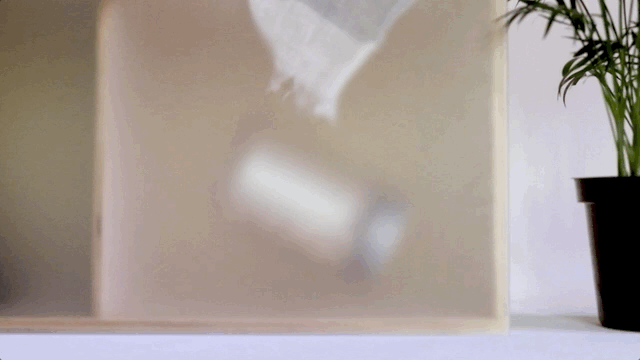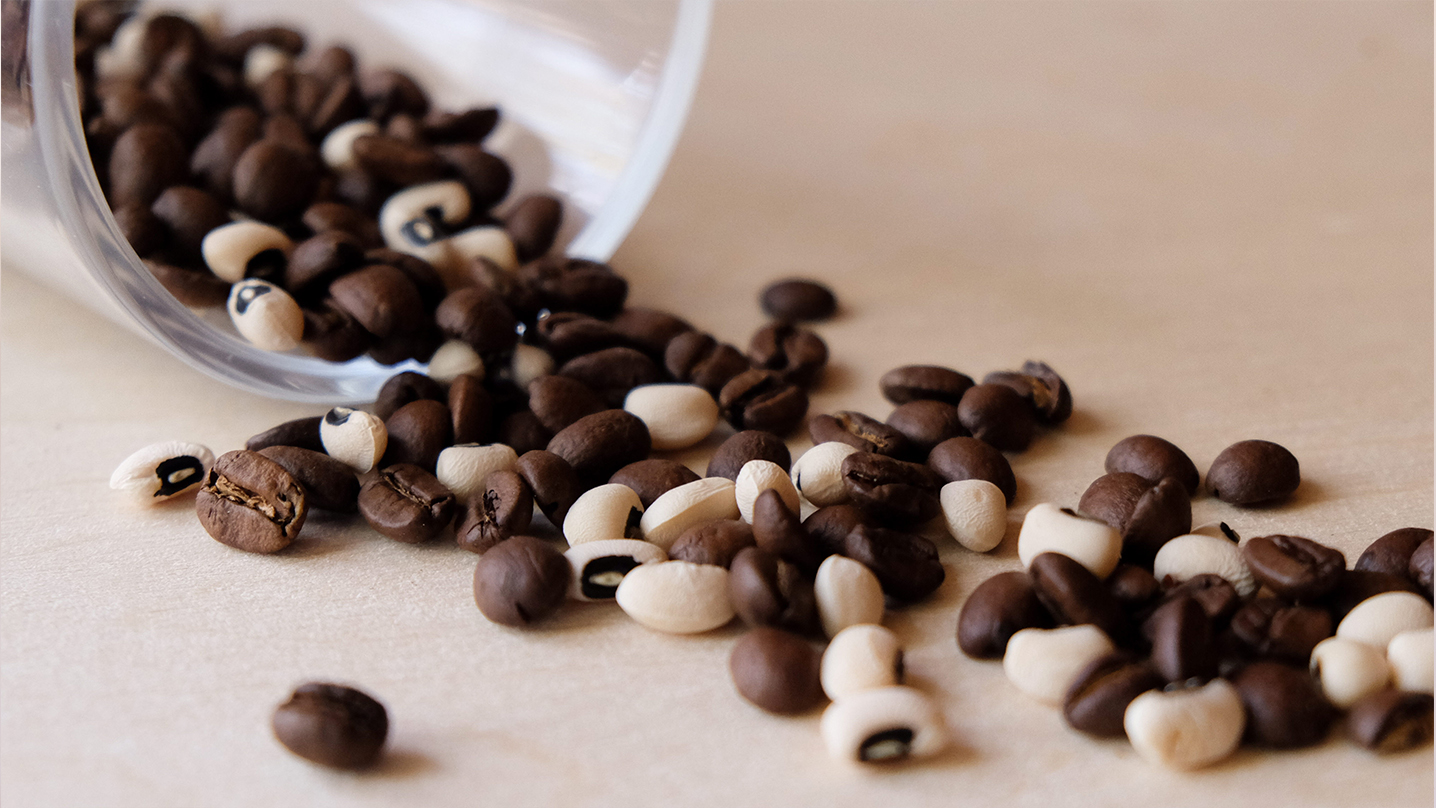Abstract
_____________________________
This is my first piece resulting from my ongoing research on apophenia, memory, and perception. I recreated some of my secret childhood collections--I used to hide them in cabinets from my family--: jars of mealworms, cans of fruit seeds, and used ballpoint pen refills. They are low or even no value items, but I have a high level of emotional connection to them.. As I grew up, I have learned to streamline my belongings, to pack lighter to move around easier and stress about less. My passions for the material forms of my previous collections faded after a certain point, but I still feel supported emotionally every time I get reminded of that fearless time in my life. I want to tackle the idea of remembrance while leaving it amorphous and open for viewers to bring their own interpretations to their experience. Carrying an abstract and subtle quality, the kinetic objects suggest worms crawling, fruit seeds dancing and ballpoint pen refills rolling in the cabinet of secrets. This lively moment is interrupted as soon as any human activities around it are detected––as in Toy Story––a playful mystery that allows our imagination to take over. My interest in the idea of apophenia inspired me to create visual cues in order to make dynamic triggers of perception and connections through which memories are activated. My intent, by changing the format of the original objects, is to transfer emotions attached to them, update the memory of a former self, and to trigger new perceptions in a divergent context.

Interaction Video
_____________________________
Research
_____________________________
My research for this project specifically is mainly focused on how perception and apophenia work biologically, and how they leave a considerable impression on one’s awareness. The main digital databases I used are APA: PsycNET, ACM Digital Library and Google Scholar. The concept of perception is relatively clear: that it is the first step of information processing in the sequence of memorizing. The concept of apophenia I refer to in my thesis project fascinated me and felt familiar in the beginning when I first heard of it. Then it became confusing, because the clinical definition is disturbing: the tendency to perceive connections between unrelated things; often one symptom of paranoid schizophrenia. As for example, when a person sees ominous patterns where there are none. That’s the extreme end of the spectrum. At the other end, research indicates that it not only is a normal phenomenon, but also a sign of creativity. The second aspect of apophenia, which makes it a positive sign of creativity, is what I refer to in this thesis project.
TECHNICAL DETAILS
_____________________________
Arduino, servos and other electronic components are programmed and used in this project. Black-eyed peas, coffee beans, and spaghetti also contribute a lot to the work.


Further Reading
_____________________________
I never thought about why I collected certain objects, sometimes even weird ones, when I was a kid. I guess they made me happy at that time. As I grew up, I started to live a minimalist lifestyle, which I am pretty happy about, but there are still times when I want to be surrounded by objects I can emotionally attach to and feel secure and supported by. Does it mean that I miss my collections? Do I miss them in their physical and explicit forms? Do I want to relive a period of my life by thinking of them? Or do I want to be reminded not to lose a part of myself? To answer the questions I have, I started to explore a different form to represent memories and a different way of remembering. This project is a representation of my own apophenia, an exploration of the space in between memory and loss, and a connection between my present self and the time I feel strongly about.





